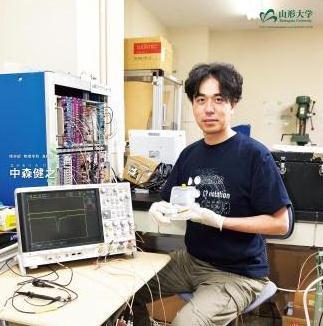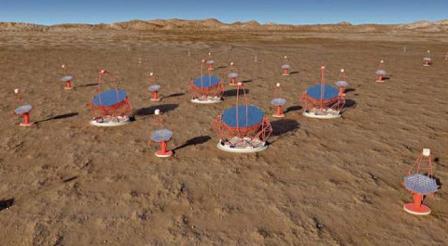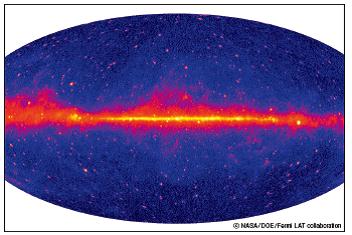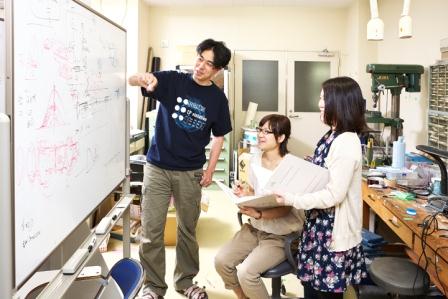







Home > Research > Research Overview

Takeshi Nakamori
Associate Professor
Department of Physics

▲Artist rendering of the Cherenkov Telescope Array (CTA) gamma-ray observatory being built as multinational effort
The universe is full of phenomena beyond our imagination. Astronomy is a science to study what is happening in the unreachable extremity of the universe by analyzing light reaching the earth. I am studying high-energy astronomy that uses gamma rays, a kind of radiation and also of light, to observe violent astronomical phenomena with a new approach.

▲Gamma rays over the entire sky captured by the Fermi Gamma-ray Space Telescope
My interest in high-energy astronomical bodies is limitless and my research subjects are wide varying – supernova residues, super-high density neutron stars that rotates at high speeds, jets gushing out from supermassive black holes far beyond our Galaxy, gamma-ray bursts as a result of powerful explosion of energy and probing of annihilation gamma rays from dark matter. The universe is a laboratory of particle physics.

▲Crystals emitting light in reaction to radiation and a new semiconductor photo sensor, which, when combined, make a radiation detector

▲Experiment results are discussed thoroughly
To explain astronomical phenomena, it is indispensable to carry out high-precision measurement of four kinds of information brought by light from astronomical bodies, i.e., the direction of the origin, the time needed to reach the earth, energy and polarization. New astronomy requires new observation systems. We are thus developing on-board satellite equipment and ground telescope systems on our own. We are also studying the application of space radiation detection technology to radiation medicine and imaging equipment for environmental radiation measurement.